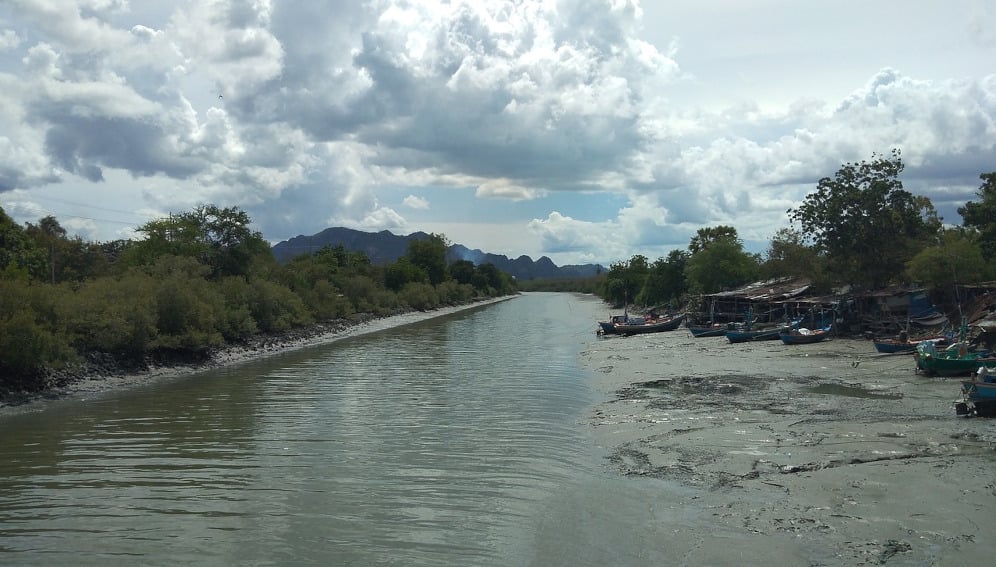The Global Methane Budget 2024, released earlier this year, highlights emissions from human activities have increased by 20 per cent in the past two decades.
Methane is one of three core greenhouse gases that contribute to climate change. It lasts in the atmosphere for just a few decades, which is shorter when compared to its counterparts, carbon dioxide and nitrous oxide. But it has the highest short-term global warming potential as it holds more heat in the atmosphere.
The budget is produced by international research partners, including CSIRO, Australia’s national science agency, as part of the Global Carbon Project. It covers 17 natural and anthropogenic (human-induced) sources and shows that methane has increased by 61 million metric tonnes per year.
Dr. Pep Canadell, CSIRO’s Executive Director for the Global Carbon Project, says concentrations have recently risen faster than ever, since reliable measurements began in 1986.
“We have seen higher growth rates for methane over the past three years, from 2020-2022, with a record high in 2021. This increase means concentrations in the atmosphere are 2.6 times higher than its pre-industrial (1750) levels,” Canadell says
“Human activities are responsible for at least two-thirds of global methane emissions, adding about 0.5°C to global warming that has occurred to date.”
The report found agriculture contributes 40 per cent of global emissions. This is followed by the fossil fuel sector (34 per cent), solid waste and wastewater (19 per cent), and biomass and biofuel burning (7 per cent).
The top five country emitters in 2020 were China (16 per cent), India (9 per cent), USA (7 per cent), Brazil (6 per cent), and Russia (5 per cent).
The European Union and Australasia have successfully reduced their emissions over the past two decades. However, if the trend of anthropogenic methane emissions continues to increase globally, this would jeopardise the success of the Global Methane Pledge, an international commitment to reduce methane emissions by 30 per cent by 2030.
“Methane is a short-lived greenhouse gas compared to carbon dioxide. Most emissions, and therefore their warming effect in the atmosphere, occur during the first 20 years after being released, so it’s a good target for fast mitigation of global warming,” Canadell says.
“For net-zero emission pathways consistent with the Paris Agreement, which is stabilising temperatures below 2°C from pre-industrial levels, anthropogenic emissions need to decline by 45 per cent by 2050, relative to 2019 levels.”
Read more: Methane to be monitored
Addressing emissions from the agriculture sector include improved land management practices, such as improving the efficiency of animal production, provision of feed additives that reduce enteric methane, and breeding animals that produce less methane.
Dr Michael Battaglia, CSIRO’s Towards Net Zero Lead, says CSIRO is working on a range of research and innovation to support sustainability goals to reduce these emissions.
“Mitigation efforts include developing FutureFeed, with Meat & Livestock Australia and James Cook University, an Asparagopsis seaweed-based feed additive to significantly reduce enteric methane emissions in livestock. This is one of an array of feed supplements in a suite of technologies to address ruminant methane,” says Battaglia.
“We’re also researching how legumes may be used to reduce methane in grazing livestock.”
The Global Methane Budget 2024 is the fourth such budget published in the journal Earth System Science Data. The summary paper is available through Environmental Research Letters.
This article first appeared at CSIRO News.
Are you interested in the energy industry and the technology and scientific developments that power it? Then our email newsletter Energise is for you. Click here to become a subscriber.









Leave a Comment